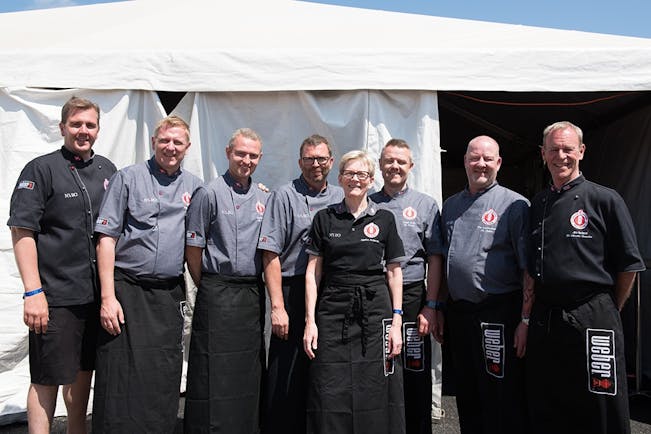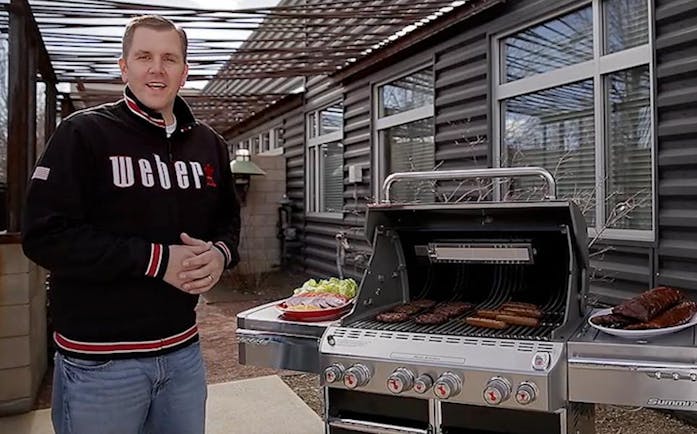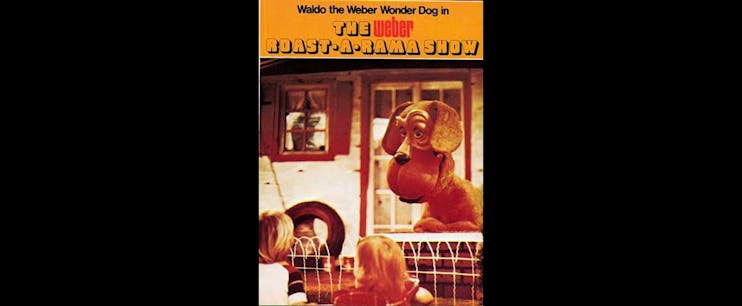The Kettle That Started It All
After World War II, our heroes of the Free World came home asking very little in return for their bravery: a bungalow with a small backyard to call their own, and some peace and quiet.
In response to their modest wishes, the suburbs were spawned, and the backyard soon became sacred ground.
As outdoor entertaining became a slice of the Good Life, simpler, freestanding metal braziers replaced traditional barbecue pits and the focus shifted from slow-cooked techniques to grilling—cooking meat over high heat. Smoke drifting over fences became part of the American landscape.
But by 1951 these cookout rigs were still woefully under-engineered. No one was more aware of their shortcomings than George Stephen, a welder from Chicago.
As the father of a growing family, George was used to personal sacrifice, but heck, a decent grilled steak would be nice once in a while! He had struggled with his flat, open brazier with frustrating results. If you didn’t end up getting rained out, the slightest wind could blow ashes onto your hard fought prize.
Well, if necessity is the mother of invention, then hunger must be its godparent. At the time, George worked at Weber Brothers Metal Works outside Chicago, welding large metal spheres together to make buoys for the Coast Guard.
It was in these very spheres that his idea took shape. He knew a rounded cooking bowl with a lid was the key to success. He added three legs to the bottom, a handle to the top, and took the oddity home.
The neighbors called it “Sputnik” and had a good laugh—and a taste of delicious grilled steak. Suddenly George’s “folly” was in such hot demand he couldn’t make them fast enough. So he branched out on his own and went into full-time production.
The round kettle shape so familiar to us today was relatively unknown until the Weber’s sales force spread the Grilling Gospel According to Weber, one live cooking demonstration at a time. Sadly, George is no longer with us, but his legacy lives on every time folks gather for a great grilled meal.
In reality, all that the entire Weber team ever did was provide the equipment and fan the flames. The true passion of grilling is in anyone who enjoys a good meal, great times with family and friends, and has an aversion to wasting those precious moments scrubbing pots and pans.
© 2001 Weber-Stephen Products LLC. Story from Weber’s Big Book of Grilling. Used with permission.



